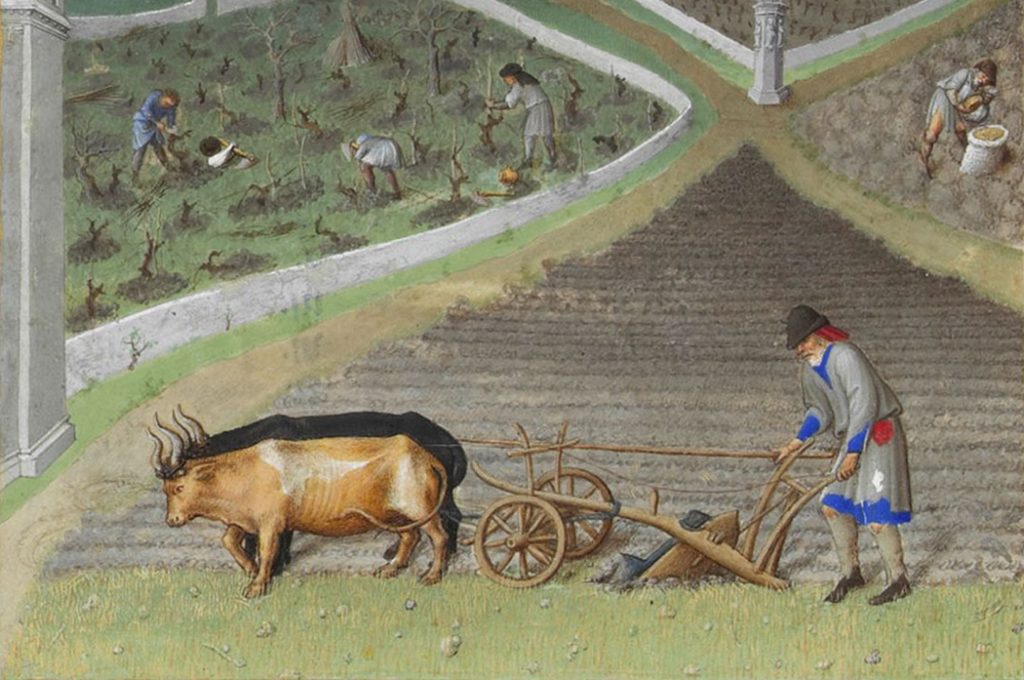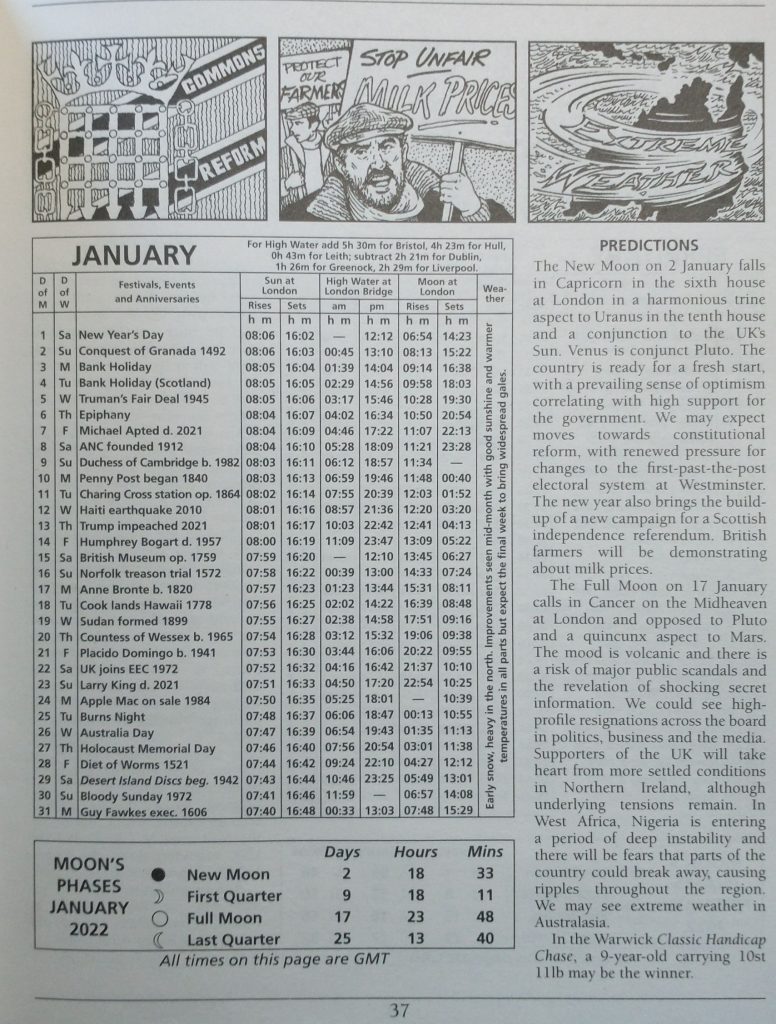
Two posts today because it is also Plough Monday., the date to go back to work.
Bob Cratchet was back to work by Boxing Day. Some of us are back to work on 27th or 28th December. But increasing numbers holiday until the first weekend in January. It’s beginning to look medieval. Medieval society had even longer off. Distaff day was the day that women traditionally went back to work and Plough Monday was the men’s turn. Plough Monday was not just a normal day of work though. Particularly in the North, it was celebrated with a procession of ‘plough boys’. They used a decorated plough and team, known as ‘Fool Plough’. Mumming, sword dancing and foolery propelled people back to work.
Here is a lovely recipe for a ‘Norfolk Plough Pudding‘ brought to my attention by Sue Walker. The author is Karen Burn Jones who talks about her Grandmother’s plough pudding recipe. This is a great winter warmer being made of sausage meat and bacon. Norfolk also had traditions for Plough Monday. It was the day when the plough was blessed and the plough boys (Plough Jacks, Plough Bullocks or Plough Stots) performed “Molly Dances” . They did this partly to make up their income they had lost when the ground was too icy to plough.
The Christmas/Mid Winter break went on for some until Candlemas in early February. In Jane Austen’s day the school boys had a 6 week holiday at Christmas. This much distressed Mary Musgrove in ‘Persuasion’, Chapter 18. She complains bitterly of children being left with her during the long winter holiday. But as the letter was written on 1st February, I will leave the joy of that great FOMO letter until then.
The Wolf Moon and Mars
Not only is this Plough Monday but it is the first full moon of the year. At 5,27pm on January 13th the Wolf Moon rises and just below it to the left, at 7.30 UTC you will see the Red Planet Mars.
Wolf Moon is a nickname and a recent introduction to mainstream culture. It was borrowed from Native Americans as wolves howl at the moon at this time of the year. So can the wonder of the moon counter the reality of wintery bleakness following the joys of Christmas and the hopes of the New Year?
Full moon Socialising
In Jane Austen’s time, winter socialising depended upon the moon. Generally, people would schedule balls and dinner parties on nights when the moon was bright. This would make the journey, on days before street lighting, safer. This is one reason why Almanacs were so ubiquitous, as they listed the rising and setting of the Moon.

